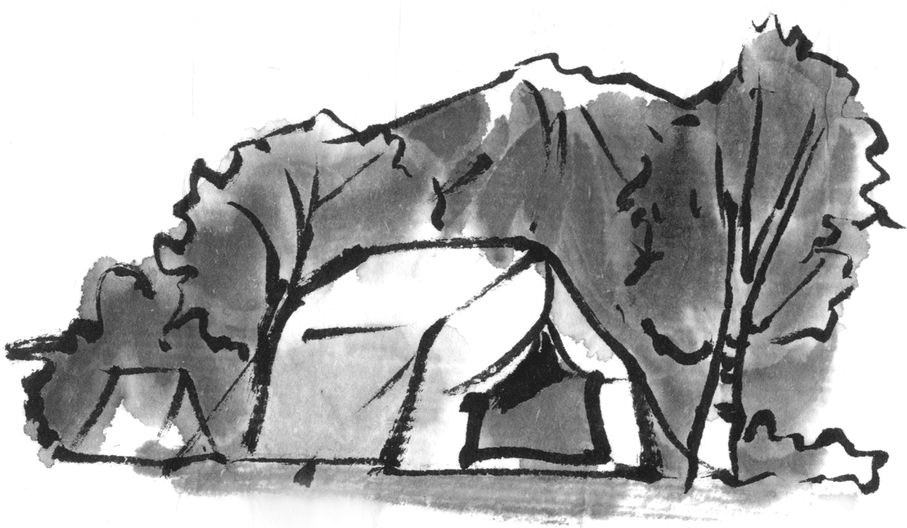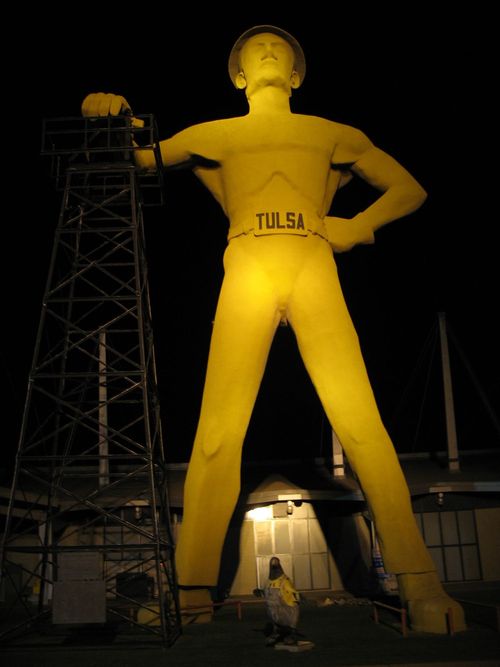
by Lynn Lipinski | Nov 30, 2023 | Essays and Features, Oklahoma
The chrome soda fountain and the hostess stand fabricated from a turquoise 1957 Chevy made Tulsa’s Metro Diner a space out of time when it opened in 1984. The 1950s-style diner sat on historic Route 66, across from the University of Tulsa and within smelling distance...

by Lynn Lipinski | Sep 15, 2020 | Essays and Features, Oklahoma, Personal, Unsolicited advice
Summer camp is not just a rite of passage, but also a fine social experiment in making friends, overcoming homesickness and trying new things. A week at summer camp in Robber’s Cave State Park in Oklahoma’s Sans Bois Mountains when I was 12 brought me a...

by Lynn Lipinski | Sep 9, 2020 | Essays and Features, Oklahoma, Personal, Writing
The summer of my eighth birthday was overshadowed by a grisly crime made all the more harrowing because of its child victims. On a humid and rainy Sunday in June 1977, the idyllic memories of summer camp I had shared with my friends shattered into shards of horror...

by Lynn Lipinski | Dec 31, 2018 | Fiction, Oklahoma, Personal, Writing
The bones of the Bloodlines story rattled around in my head for nearly a decade. The main character, Zane Clearwater, was an intruder into my original story. He had a minor role as a love interest to another character. But as I wrote and rewrote the story and worked...

by Lynn Lipinski | Jan 26, 2011 | Essays and Features, Oklahoma, Personal
It was the opposite of an Oklahoma land rush in Picher this week, as giant yellow CATs started knocking down abandoned homes and businesses in this town scarred by eight decades of mineral mining. Most of the town, including its multiple piles of discarded rock,...

by Lynn Lipinski | Oct 29, 2010 | Essays and Features, Oklahoma
I’ll admit it — growing up in Tulsa, I was always scared of the 76-foot Golden Driller statue. We had to walk under his widespread legs to get into the main entrance of Expo Square, home to gun shows, the county fair, rodeos, circuses and high school...







